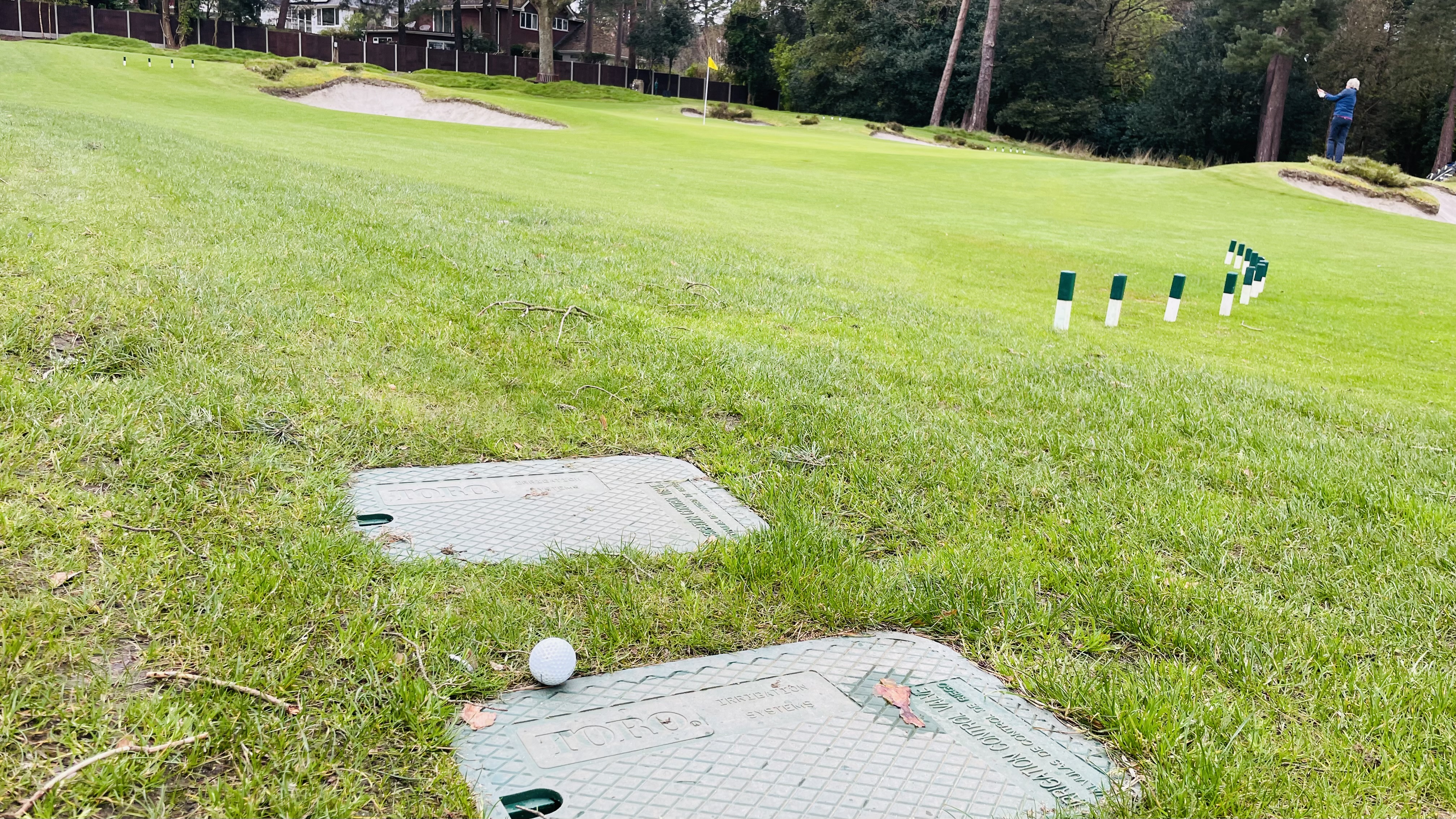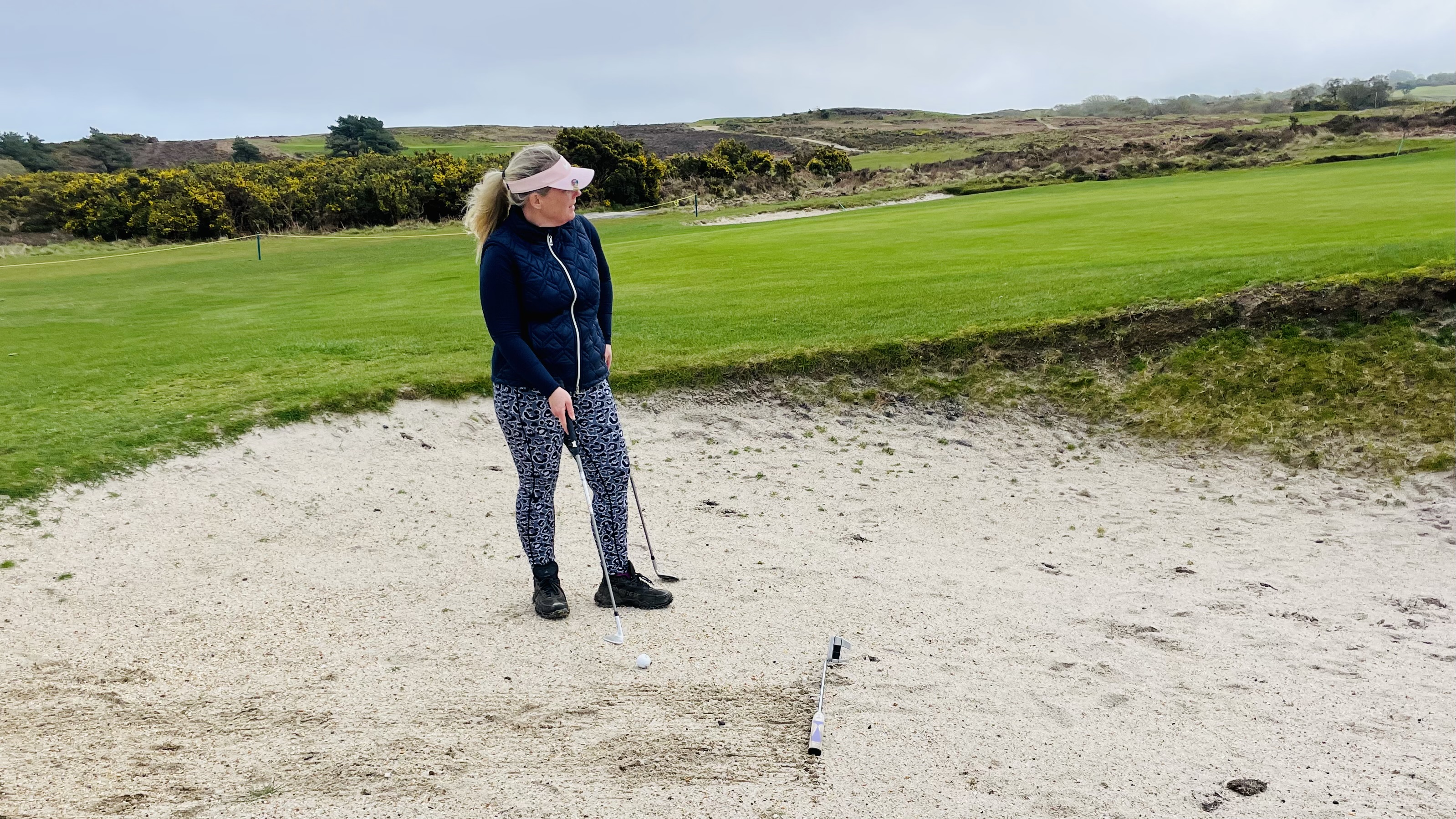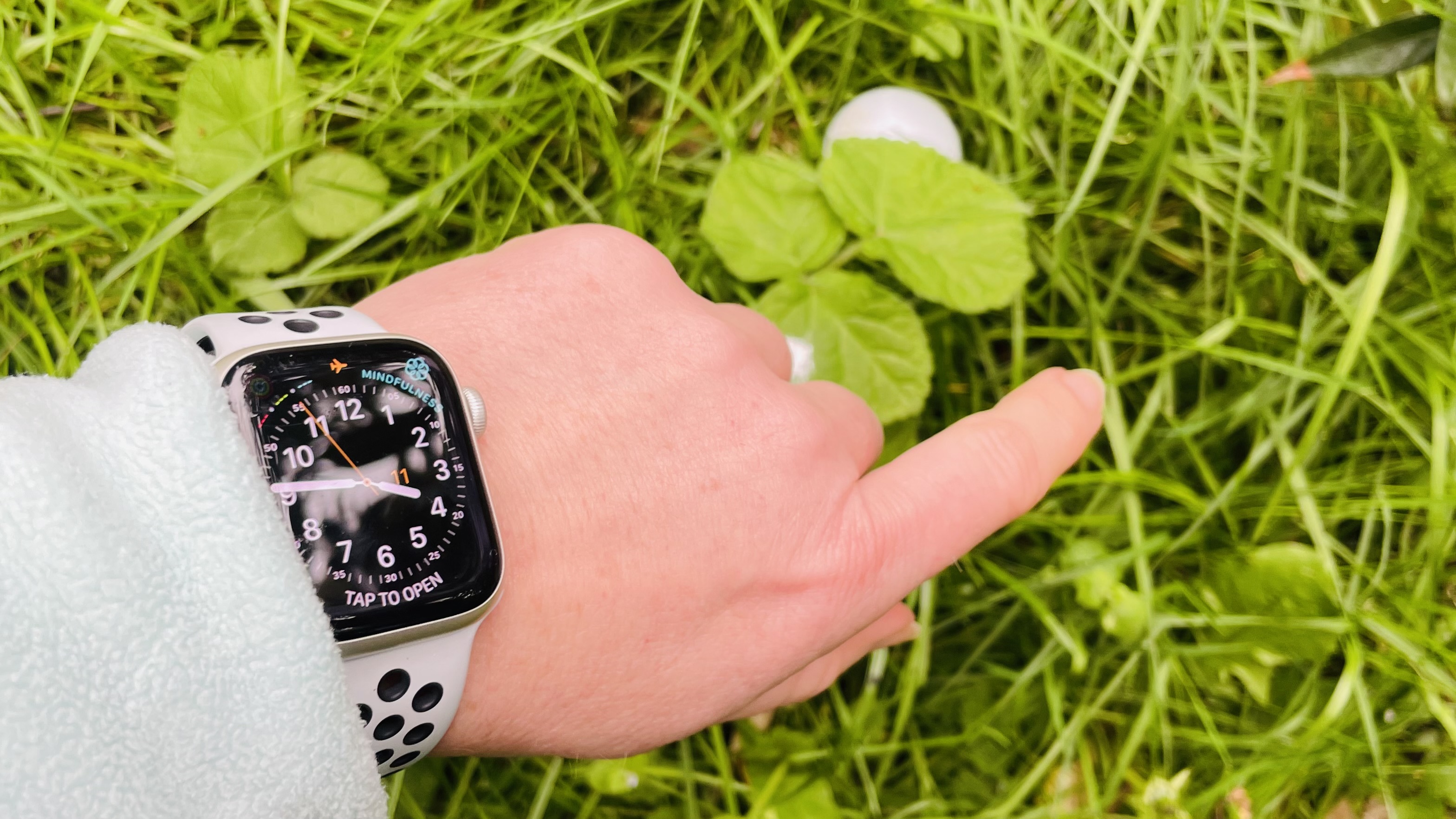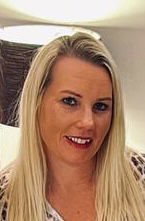'There Is A Surprisingly High Proportion Of Players Who Simply Don’t Have A Clue' – The Five Rules I See Most People Struggle With
The Rules of Golf can be complex, but certain ones you really should be fully clued up on


I have been a long-time club member, playing in two ladies competitions a week throughout the year, along with representing Dorset in county events.
The one thing that always surprises me is the high proportion of my fellow players who have a very basic, poor knowledge of the Rules of Golf; these golfers don’t have a clue what is right or wrong.
For example, a lot of golfers don’t know how to correctly take a penalty drop or what to do when they’ve lost a golf ball.
These 'fundamental' rules, as I’d like to call them, are the ones that we encounter the most often and therefore I see no excuse why we should not know them inside out.
Admittedly, the Rules of Golf have had several significant updates in recent years, so there are some women who make errors based on an old understanding of a Rule that has been amended.
But if they changed the Highway Code it would be compulsory for drivers to re-take their test, yet when the Rules get changed, it’s down to the individual to be disciplined enough to read about the changes and learn them.
Here are my top five rules that you should know and the correct way of ensuring that you are sticking to them.
Subscribe to the Golf Monthly newsletter to stay up to date with all the latest tour news, equipment news, reviews, head-to-heads and buyer’s guides from our team of experienced experts.
Taking Relief From An Immovable Obstruction (Rule 16.1)
Put simply, the phrase 'immovable obstruction' is something you can’t move. Things like sprinkler heads, water drains, buggy paths or any other man-made object that cannot be moved without 'unreasonable effort' or causing damage to the course.
I find that many women get confused because they think that they only get relief if their ball is actually touching the obstruction. In fact, you can also take relief if the obstruction interferes with the area of your swing or your stance.
My biggest gripe of all is watching women take relief poorly. Remember it’s your 'nearest point' of relief not the 'nicest'.
Also, make sure that you take 'complete' relief from the obstruction. In other words, if you’re standing on a buggy path, you must make sure that after taking relief, the path is no longer impeding your stance, swing or lie before hitting your next shot.

Touching The Sand In A Bunker (Rule 12.2)
How many of you used to feel very anxious stepping into a bunker, aware of keeping your sand wedge raised high for fear of accidentally brushing the sand?
Thankfully, this was one of the sensible changes approved by the USGA and R&A in the 2019 Rules of Golf update. You can now touch the sand in a variety of situations without worry, so long it’s not on purpose in an attempt to test the sand.
For instance, did you know that if you walk into a bunker with two clubs in hand, uncertain of your choice, you can place that spare club you’re not using on the sand?
Likewise, if you are standing in the bunker waiting for a playing partner to hit their shot, there’s no penalty if you rest your sand wedge down or lean on it while you are waiting.
These changes are not to be confused with the act of addressing the ball as that Rule hasn’t changed. You must still not ground your club. You can’t touch the sand if you take a practice swing either.
Both of these latter points I see women do carelessly in error, frequently!

Hitting A Provisional Ball (Rule 18.3)
There are many courses where you will face a tee shot played directly over a penalty area, other holes where a hazard runs down the left or the right side of the hole.
In other words, there are many chances to end up in the penalty area off the tee!
These treacherous tee shots have hazards that are clearly marked with colored stakes - red or yellow.
The first thing to remember is that hitting a provisional ball is prohibited when it is 'known or virtually certain' that the original ball is in a penalty area.
Instead, you must proceed under one of the three penalty relief options for a red penalty area under Rule 17.1d, assuming it's impossible (or unwise) to try and play it if you do find it in the penalty area.
However, if it is not 'known or virtually certain' (so there is some doubt) as to whether or not it's in the penalty area, you may play a provisional ball, but if the original ball is then found in the penalty area and you don't wish to play it - or you are virtually certain it is in there now you can see the lie of the land better where you believe your ball landed - you must abandon the provisional ball and proceed under one of the red penalty area relief options - stroke-and-distance, back-on-the-line or two club-lengths from where the ball is estimated to have last crossed the edge of the red penalty area.
There are a number of other things to remember when hitting a provisional ball.
Firstly, you must always declare it to be a provisional ball by telling your playing partners before teeing off. You can’t decide that after hitting!
Secondly, once you’ve declared and hit a provisional ball you cannot elect to play it if your original ball is then found and you don’t like the look of how it is lying and don't wish to play it.
In this instance, you must take relief for an unplayable lie, which might mean you still have to go back to the tee and hit another shot as three off the tee.

Taking Relief From Penalty Areas - Red & Yellow Stakes (Rule 17.1)
So you’ve hit your ball into the hazard; the next thing is how to take a penalty drop, and I see this done horribly wrong all the time.
There are two different colored stakes on the golf course - red stakes and yellow stakes. They both define the edge of a penalty area.
There is only really one difference between the options you have when taking relief from a red penalty area versus a yellow.
The red stakes allow you to take lateral (sideways) relief up to two club lengths, no nearer the hole, from where the ball last entered the penalty area.
You must identify where the edge of the penalty area is in line with your golf ball (no nearer to the hole). I normally push a colored tee peg into the ground to locate this spot. Then you can measure the two club lengths from your tee peg.
You must measure two club lengths with the longest club you are carrying for that round other than your putter.
There is a misconception that if you measure this distance with your driver headcover on you get a penalty - in fact there is no penalty if you measure with a headcover on; however, the caveat is you must ensure you drop within the area that would have been fine if you had measured without the headcover on.
This lateral relief option is IN ADDITION to the two other options you have for taking relief from a yellow stake. These are:
Return to the spot where you just hit your previous shot from and drop another ball
Take back-on-the-line relief where you can drop a ball anywhere as far back as you like, drawing an imaginary line from the hole, through the spot where the ball last crossed the penalty area, to the point you choose.
In all cases, you take a one-shot penalty. Don’t forget that you always have the option to play the ball as it lies from within the penalty area and the Rules now permit you to ground your club behind the ball at address.

Searching For A Lost Ball (Rule 18.2)
This was another one of the main changes in the most recent update to the Rules of Golf - the time that you are allowed to search for a ball was reduced from five minutes to three minutes.
This really isn’t very long, but is designed to speed up play. To avoid being in breach of the Rules you must time your search.
I wear a watch so I always glance at the time before I enter the rough, trees or trouble in my hunt. You should point this out to your playing partners and tell them when your time is up.
If the people you are playing with get there first and start searching, that is a bonus for you as the three minutes don't start until you or your caddie start searching.
Are there other Rules you see being broken all the time? You can recap your knowledge of the Rules of Golf via the R&A’s handy Rules Hub, visit randa.org/rules/rules-hub

Carly Frost is one of the golf industry’s best-known female writers, having worked for golf magazines for over 20 years. As a consistent three-handicapper who plays competitive club golf at Parkstone and the Isle of Purbeck courses in Dorset every week, Carly is well-versed in what lady golfers love. Her passion for golf and skill at writing combine to give her an unbeatable insight into the ladies game.
Carly’s role at Golf Monthly is to help deliver thorough and accurate ladies equipment reviews, buying advice and comparisons to help you find exactly what you are looking for. So whether it’s the latest driver, set of irons, golf ball, pair of shoes or even an outfit, Carly will help you decide what to buy. Over the years she has been fortunate to play some of the greatest courses in the world, ranking Sea Island, Georgia, USA, among her favourite golf resorts. Carly's aptly-named son Hogan is already hitting the ball as far as mum and will undoubtedly be a name to watch out for in the future.
Carly is a keen competitor and her list of golfing achievements are vast. She is a former winner of the South West of England Ladies Intermediate Championship, a three-time winner of the European Media Masters and she once beat an entire start-sheet of men to the title of Times Corporate World Golf Champion. She has played for both the Dorset and Surrey County Ladies first teams and is known for her excellent track record at matchplay.
Carly holds the ladies course record (68) at her home club Parkstone and her lowest competition round (seven-under-par 65) was carded in the pro-am of the Irish Ladies Open at Killeen Castle, playing alongside Solheim Cup superstar Anna Nordqvist. Although her current handicap index has crept up to 3.7 since Covid she has her sights firmly set on achieving that elusive scratch handicap and hopefully playing for her country when she’s 50.
Carly’s current What's In The Bag?
Driver: Callaway Epic Max, 10.5°
Fairway wood: TaylorMade SIM2, 15°
Hybrids: Titleist TS2, 19°, 21°, 24°
Irons: Mizuno JPX900, 5-PW
Wedges: Cleveland RTX, 52°, 56° and 58°
Putter: Scotty Cameron Futura X5
Ball: 2021 Callaway Ladies SuperSoft
You must confirm your public display name before commenting
Please logout and then login again, you will then be prompted to enter your display name.